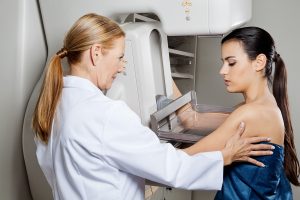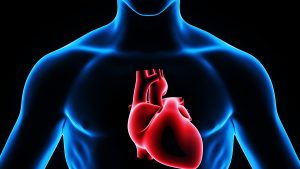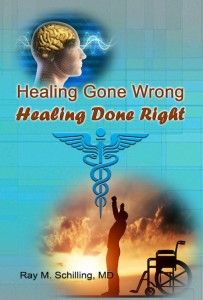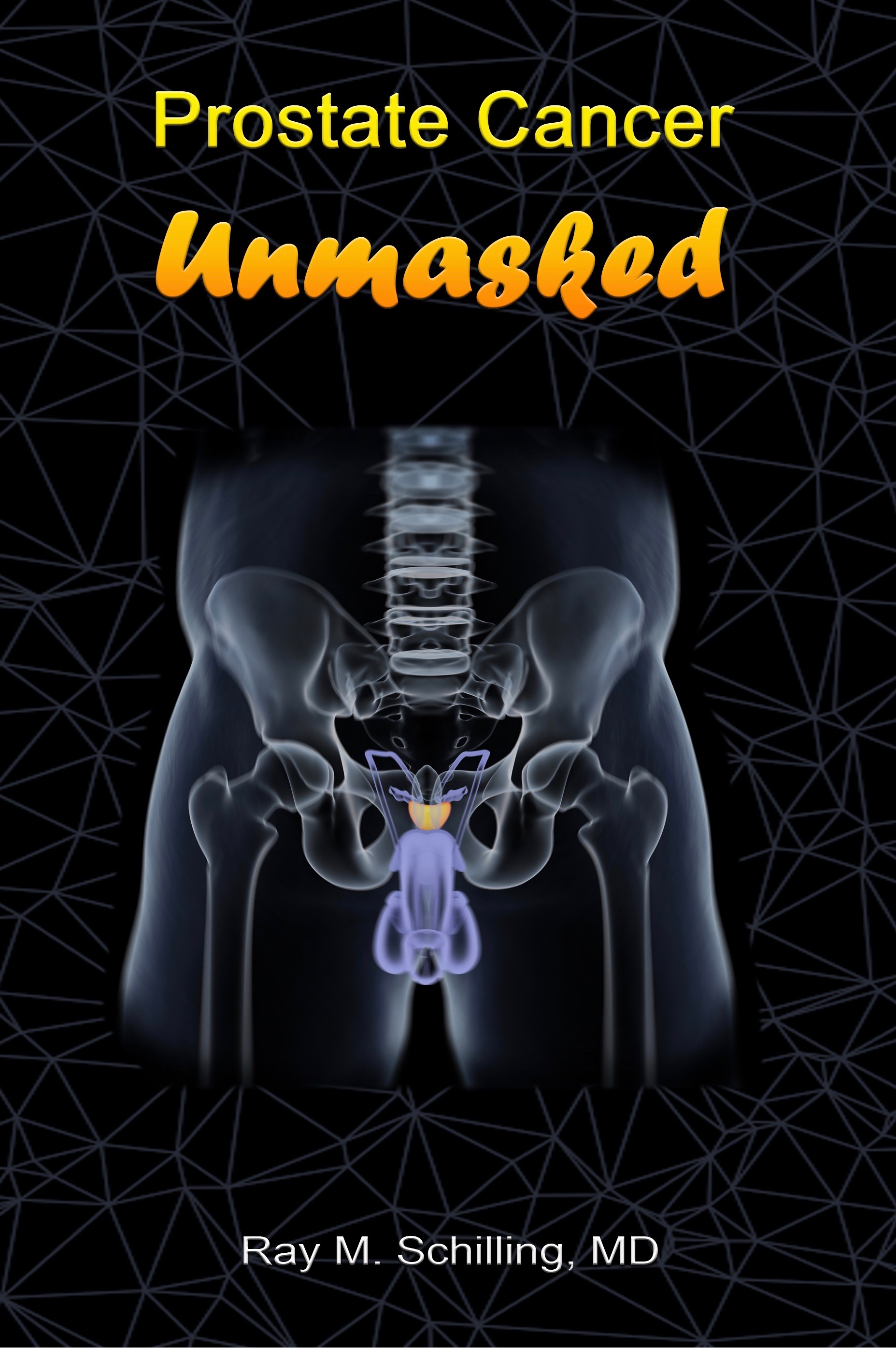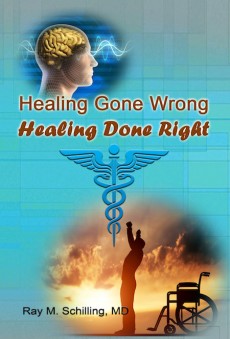Recently Medical News Today published an article on bioidentical hormone replacement in the Sept. 19, 2017 edition.
Although it was partially informative, I felt that there was an underlying bias against the use of bioidentical hormone replacement. The article made it sound as if hormone replacement therapy would not be safe. But the opposite is true with bioidentical hormone replacement.
Why are many women afraid of bioidentical hormone replacement?
At the time when there was a lot of confusion about hormone replacement therapy (HRT) the results of the Women’s Health Initiative (WHI) made it even more confusing. After all there was one trial to show once and for all that HRT would be beneficial. The expectation was that HRT prevents osteoporosis, heart attacks and breast cancer. But the results were quite different. Instead the study found a 41% increase in strokes, 29% increase in heart attacks, 26% increase in breast cancer, 22% increase in total cardiovascular disease and a doubling in the risk for blood clots.
Missing information about synthetic hormones
What the authors of the study did not explain was the fact that it was the properties of the synthetic hormones, progestin and Premarin were responsible for the negative effects. Had research insisted to perform the study with bioidentical hormones, the results would have been quite the opposite! With bioidentical hormone replacement we see the prevention of heart attacks and clots; cancer rates are lower than controls, and the prevention of osteoporosis is another benefit. The end result is a reduction in mortality rates. But the horrifying results that are due to the use of synthetic hormones and that the WHI warned about linger on in the minds of many women.
The use of bioidentical hormone replacement
Dr. John Lee pointed out in several of his books that the physician should only replace hormone loss with bioidentical hormones. He also pointed out that physicians should only replace those hormones that are at low levels or missing. This means that the woman should have confirmatory blood tests like FSH, LH, blood estrogen and salivary progesterone. If estrogen and progesterone are missing, the physician usually starts the woman on progesterone cream first. After two months, when laboratory tests show a saturation with progesterone , the addition of estrogen can follow, typically as the Bi-Est cream. This is a mix of estriol and estradiol.
Caution to balance against estrogen dominance
Progesterone is started first to balance against the potential cancer-inducing effect of estradiol. With the addition of progesterone a balance is the result, and estrogen will not cause breast cancer. This is also why Bi-Est is used: it is a mix of estriol and estradiol. Estriol is neutral with regard to causing breast cancer. Estradiol is the main natural estrogen in a woman, so some of it is necessary to make the woman feel normal. This is how the body receptors are functioning. But estradiol alone, when not in balance with progesterone, can cause breast cancer and uterine cancer.
The key is that only women who need bioidentical hormones should receive it. There are some women whose blood tests do not show a lack of estrogen, but only a lack of progesterone. These women should receive replacement with bioidentical progesterone to re-establish the hormone balance between estradiol and progesterone.
Safety of bioidentical hormone replacement products
As I have mentioned before, the Women’s Health Initiative in 2002 showed that on Premarin and progestin, two synthetic hormone products women came down with breast cancer, heart attacks, stroke, and thromboembolic events. They were using the synthetic drugs, namely conjugated equine estrogen and medroxyprogesterone acetate. The reason these women had to suffer these side effects was because their physicians insisted in using “pure hormones that a drug company had manufactured”. But these synthetic hormones were not pure hormones; they were adulterated with side chains so that pharmaceutical companies could patent them. These side chains made the synthetic hormones not fit the body’s hormone receptors. And this is the reason why the synthetic hormones created chaos in form of breast cancer, strokes and heart attacks.
Women’s Health Initiative authors whitewashed study results
Instead of admitting their mistakes, the full truth never became public. Instead the authors of the WHI study stated that it would be necessary to limit hormone replacement in menopause to the minimum amount of synthetic hormones to control symptoms, and their use should not exceed more than 5 years. These authors never distinguished between bioidentical hormones that fit the body’s hormone receptors and the synthetic hormones that irritated or blocked the body’s hormone receptors. There are thousands of women in Europe who have been on bioidentical hormones for decades, and they are doing just fine!
Bioidentical hormones in balance have no side effects
The truth is that bioidentical hormones –as long as they are kept in balance-do not have any side effects. Bioidentical hormones are the same that a woman produces in her ovaries before menopause sets in. The production of her bioidentical hormones kept her healthy. But the treating physician needs to carefully watch the balance of the hormones in the woman who is replaced with bioidentical estrogen and progesterone. This means that she needs to get enough progesterone to counterbalance estrogen stimulation. Hormones are constantly changing and if you don’t measure them, you don’t know what you are dealing with.
Dr. Lee said to measure hormone levels
John Lee showed a long time ago that you should measure hormones and identify those women who are truly hormone deficient. These are the ones who need hormone replacement. However, physicians should use only bioidentical hormones to replace what is missing. And they should also replace only as much as necessary to normalize the levels. This is also the level where postmenopausal symptoms disappear. Dr. Lee noted: “A 10-year French study of HRT using a low-dose estradiol patch plus oral progesterone shows no increased risk of breast cancer, strokes or heart attacks”.
How is bioidentical hormone replacement done?
The best method is usually a bioidentical hormone cream application to the forearms or to the chest wall once per day. This avoids the first-pass metabolism where the hormones, if absorbed from a pill in the gut have to pass through the liver. Part of the hormones can get metabolized and some of the hormone effect may disappear. By applying bioidentical Bi-Est cream and progesterone cream to the skin, the hormones get directly absorbed into the blood stream and can do their job without interference. The treating physician can prescribe different amounts of the bioidentical hormones depending on saliva tests or blood tests. 1 or 2 months later repeat blood or saliva tests can follow to verify that the amounts of the replacement hormones and their absorption are adequate for the patient’s need.
What are the side effects of bioidentical hormone replacement?
Normally, when estrogen and progesterone are in balance, there should be no side effect. However, in the beginning of replacement therapy sometimes one of the hormones gets too high. If this happens with estrogen replacement, the woman becomes estrogen-dominant. She would experience symptoms of bloating, fatigue, weight gain, depression, headaches, loss of sex drive. She can also develop uterine fibroids, endometriosis and hypothyroidism. It was Dr. John Lee who first described this (Ref.1). There can also be mood swings, craving for sweets, irritability, and sluggishness in the morning. The key is to cut back on the estrogen dosage; alternatively, if progesterone is low in saliva tests, this hormone may need an increase, which would rebalance estrogen. At the end of fine-tuning of bioidentical hormone replacement the woman will feel normal and have no negative side effects, but the process of fine-tuning may take several months.
Difficulties to measure progesterone levels
Dr. David Zava, PhD gave a talk on breast cancer risks. This was a presentation at the 24th Annual World Congress on Anti-Aging Medicine (Dec. 9-11, 2016) in Las Vegas that I attended. Dr. Zava, who runs the ZRT laboratory spent some time to explain how to measure progesterone in a physiological way.
Blood (serum) progesterone levels do not adequately reflect what the hormone tissue level is like in a woman’s breasts. On the other hand saliva hormone levels are giving an accurate account of what breast tissue levels are like.
Progesterone blood levels versus progesterone tissues levels
Dr. Zava gave an example of a woman who received an application of 30 mg of topical progesterone. Next, laboratory tests observed hourly progesterone levels in the serum and in the saliva. The serum progesterone levels remained at around 2 ng/ml, while the saliva progesterone levels peaked 3 to 5 hours after the application. It reached 16 ng/ml in saliva, which also represents the breast tissue progesterone level. Dr. Zava said that the important lesson to learn from this is not to trust blood progesterone levels. Too many physicians fall into this trap and order too much progesterone cream based on a misleading blood test. This leads to overdosing progesterone. With salivary progesterone levels you see the physiological tissue levels, with blood tests you don’t. Dr. Zava emphasized that testing blood or urine as progesterone hormone tests will underestimate bio-potency and lead to overdosing the patient.
Conclusion
Bioidentical hormone replacement, properly done, does not cause cancer, does not cause blood clots and prevents heart attacks and strokes. It also prevents osteoporosis and the associated fractures in older women. The key is that the natural hormones fit the body’s own hormone receptors. The reason why menopausal symptoms appear is that natural hormones (estrogen and progesterone) are missing. Physicians treated patients with synthetic hormones during the Women’s Health Initiative. In contrast, hormone replacement for missing hormones in a menopausal woman with bioidentical hormones has no side effect. Contrary to the Women’s Health Initiative in 2002 there are no breast cancers, no heart attacks and no strokes with bioidentical hormone replacement. What is even better is that these women will live without all the postmenopausal problems, and their life expectancy will be about 10 years longer than without bioidentical hormone replacement.
References
Ref. 1. Dr. John R. Lee: “What your doctor may not tell you about menopause: the breakthrough book on natural hormone balance”. Sept. 2004.

